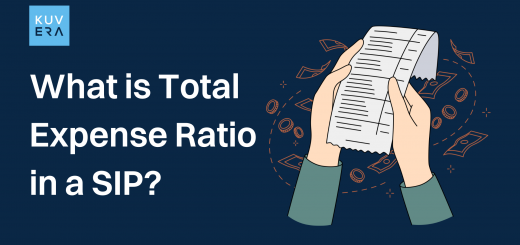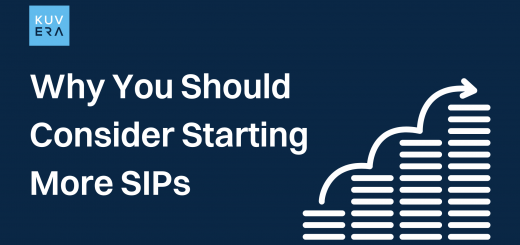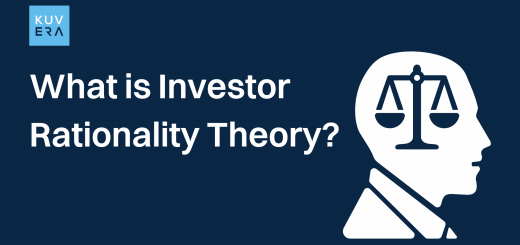Compounding refers to the process of earning interest on an investment and then earning interest on the interest that has been earned. This can create a snowball effect where the money you have invested grows at an increasing rate over time. For example, if you invest ₹100 at a 10% annual interest rate, after one year you will have ₹110. If you leave that ₹110 in the investment for another year and continue to earn 10% interest, you will have ₹121 at the end of the second year. The interest you earned in the first year (₹10) is now earning interest, which adds to your total return.
Compounding can be a powerful way to grow your wealth over time, especially when combined with the effects of compounding over a long period of time. However, it is important to keep in mind that the rate of return on an investment is not guaranteed, and the value of your investment can go up or down depending on market conditions and other factors.
What is the formula to calculate Compound Interest?
How to calculate compound interest
To calculate compound interest, you can use the following formula:
Compound Interest = Principal * (1 + Rate/Number of Compounding Periods) ^ Number of Compounding Periods * Number of Years
For example, let’s say you have an investment of ₹10,000, a rate of 5%, and a compounding period of monthly. If you leave the money invested for 5 years, your compound interest would be calculated as follows:
Compound Interest = ₹10,000 * (1 + 5%/12) ^ (12 * 5) = ₹10,000 * (1.00416667) ^ 60 = ₹14,731.77
In this example, the compound interest on your investment is ₹4,731.77 over 5 years.
It is important to note that the rate of return on an investment is not guaranteed, and the actual compound interest you earn on your investment may be different from what is calculated using this formula. The value of your investment can also go up or down depending on market conditions and other factors.
Example of the Power of Compounding
Here is an example of how compounding can work over a longer period of time:
Let’s say you invest ₹1,000 in an account that earns 5% annual interest and compounds monthly. If you leave the money invested for 30 years, your account balance will grow as follows:
Year 1: ₹1,050
Year 2: ₹1,102.50
Year 3: ₹1,157.63
Year 4: ₹1,215.51
Year 5: ₹1,276.28
Year 6: ₹1,340.10
Year 7: ₹1,407.06
Year 8: ₹1,477.31
Year 9: ₹1,550.98
Year 10: ₹1,628.20
Year 11: ₹1,709.09
Year 12: ₹1,793.73
Year 13: ₹1,882.26
Year 14: ₹1,974.82
Year 15: ₹2,071.56
Year 16: ₹2,172.61
Year 17: ₹2,278.12
Year 18: ₹2,388.23
Year 19: ₹2,503.08
Year 20: ₹2,622.85
Year 21: ₹2,747.71
Year 22: ₹2,878.83
Year 23: ₹3,016.37
Year 24: ₹3,161.50
Year 25: ₹3,314.35
Year 26: ₹3,475.13
Year 27: ₹3,644.99
Year 28: ₹3,824.17
Year 29: ₹4,013.89
Year 30: ₹4,214.33
As you can see, the longer you leave your money invested, the more the compound interest you earn will add to your overall return. This is the power of compounding, and it can be a powerful way to grow your wealth over time.
However, it is important to keep in mind that the rate of return on an investment is not guaranteed, and the value of your investment can go up or down depending on market conditions and other factors.
Interested in how we think about the markets?
Read more: Zen And The Art Of Investing
Watch/hear on YouTube:
Start investing through a platform that brings goal planning and investing to your fingertips. Visit Kuvera.in to discover Direct Plans and Fixed Deposits and start investing today.
#MutualFundSahiHai #KuveraSabseSahiHai!











